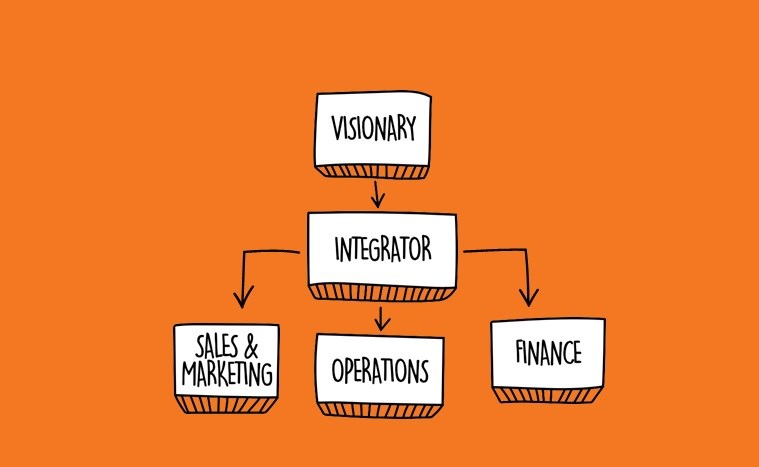You've seen organization charts before. But, beyond telling you who reports to whom, are they really helpful? As a Certified EOS® (Entrepreneurial Operating System) Implementer, one of my favorite tools we teach is the Accountability Chart™. What is the difference between an organization chart and an Accountability Chart™? Clarity, accountability, and success for your business!
The Accountability Chart™ defines the expected responsibilities of each function, and how they tie to the success of the organization. Often, company structures simply evolve to fill immediate needs, not necessarily by purposeful intention. I’m sure you’ve seen it — family members who are put in jobs too big for them because they’re family. Or, we bring in new people and assign them duties that overlap with someone else in the company. Worse of all, as owners, we struggle to delegate and keep our fingers in other people’s jobs a little too long.
Does this resemble you/your company?
As the leader of your organization, it is your job to bring clarity to the organization. Clarity around vision, values, structure, and responsibilities. Here’s how you can do that.
6 Tips To Creating Your Accountability Chart™
- Fire Your Leadership Team. Don’t be scared! The exercise we use to make this thought process work is to metaphorically fire the entire leadership team and promote them all to the Board of Directors. This way you are able to look down into the organization and decide on the best structure necessary rather than looking out at the organization with your internal “employee” filters getting in the way.
- Think 6-12 months out. This is not a forever Accountability Chart™. It is a way to get you thinking about what functions your business needs over the next 6-12 months to achieve your goals.
- Structure first; people second. What would your company look like if you were able to design it from scratch? What would the major functions of your ideal business be? What major things will you need to do to be the business you want to be? You need to put all your current people aside and create the ideal structure based on the business needs, not the current seat owner’s strengths. This can be scary because it could be quite different than the current structure … and current people. Don’t panic! As we create your new Accountability Chart™, it is a structure you will work toward over the next 6-12 months, not something you will enact overnight.
- No titles, only functions. This is not about ego. People get hung up on titles (VP, Director, Manager). So, no titles. Instead, we focus on the most important aspects of that function's job to be successful for the company. For example, what may traditionally be labeled as “Marketing Director” would be simply “Marketing”; “Sales Associate” becomes “Sales”, etc.
- List 3-5 responsibilities. What are the major areas of responsibility each function needs to accomplish to be successful? This only includes the most critical outcomes (not tasks!) required for your company to be great. Make them clear, concise bullet points. For example, under Sales might be: revenue generation, build sales leads, maintain sales accounts.
- Now the people! Once you have the structure laid out, you begin to look at potential seat owners. You want the Right People in the Right Seats. This is really where you need to be honest as a Leadership Team and be ready to make some hard decisions. Write only one person’s name in each seat, ensuring the person absolutely shares your core values (Right Person) and absolutely Gets it, Wants it and has the capacity to do what the seat requires well (Right Seat). To reiterate, only one leader in each seat because if two people are in charge, no one is in charge. Really.
Remember: your structure will need to change over time as your company grows. The structure your company needs now is different than when you started out, and your needs will change as you continue to grow. As Marshall Goldsmith’s book reiterates, What Got You Here Won’t Get You There!
Structuring your business intentionally and purposefully will help get you to the next level. It may require some tough decisions, but it will be well worth it — I promise!
Here is a quick video of Gino Wickman, EOS® founder, talking about the power of the Accountability Chart™
Next Steps
We work with our clients to help them develop the right Accountability Chart™ for maximum effectiveness in your organization. If you have any questions as to how you might implement this within your organization, please reach out to us at [email protected].




